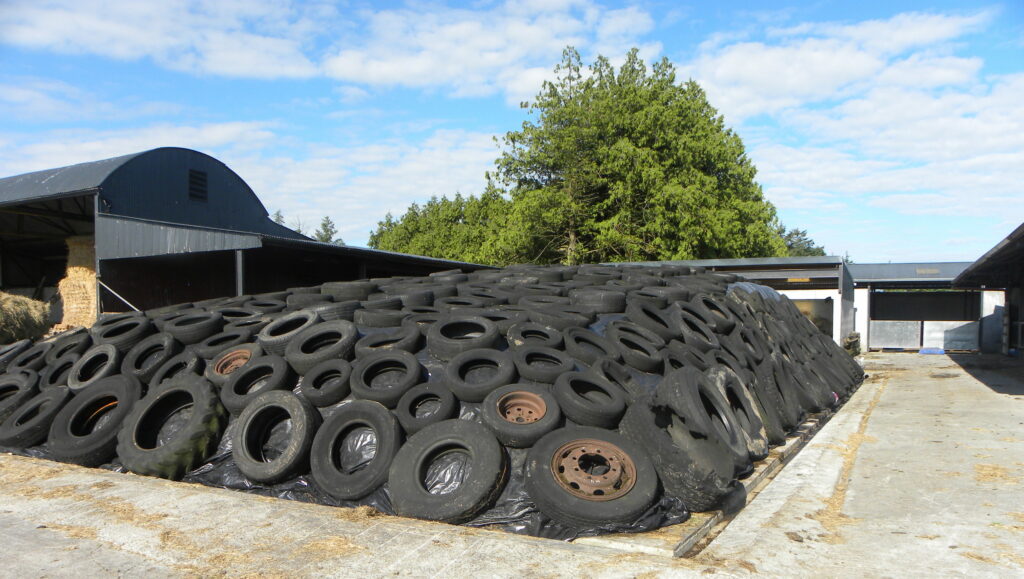There are a number of jobs that farmers can be completing on their farms over the coming weeks before housing gets underway.
Along with the last of the field work that needs to be completed, there are a number of jobs around the yard and office that need to be looked at too.
Sire selection/calving
Autumn-calving herds for the most part have yet to start calving, but preparation for the calving season should be in its final stages.
Farmers need to ensure that everything is ready for the arrival of calves onto the farm again this autumn.
While waiting for cows to start calving, it is a good idea to start looking at potential sires to use this upcoming breeding season
Although not yet making the final selections, it is a good idea to start selecting potential sires to use on cows.
Fodder budget
Another job that should be completed over the coming days/weeks is a fodder budget to ensure that there is enough fodder available for the winter ahead.
The harvesting of fodder has been a challenge for many this year and although farmers may think they have enough, it is always a good idea to make sure.

To complete a fodder budget, here are the steps to take:
- Measure silage pits (length x width x average height in metres) plus count bale stock;
- Make an estimate of potential second-cut area and yield;
- Estimate likely stock numbers for the coming winter.
When completing a fodder budget farmers should also include a fodder reserve of between four to six weeks.
Milk recording
Between now and drying-off at least one milk recording should be completed – ideally there will be two completed.
This recording is vital for the drying-off process and ensuring that cows are identified for either selective dry cow therapy (SDCT) or an antibiotic.
It is vital to have as much information on every cow that will be dried-off later this year as possible.
This ensures that the correct decision is made about each cow and that hopefully cell counts are under control when cows calve next spring.
Jobs
Winter is closing in and farmers should be making preparations for its arrival and the housing of livestock.
Farmers should check that all the housing facilities are ready for livestock and that any repairs are completed in the very near future.
Lights are vital for farmyards in the winter; the short days mean that many farmers will be starting work and finishing work when it is dark out.
With this in mind farmers should check that all the existing lights in sheds or around the yard are working.
